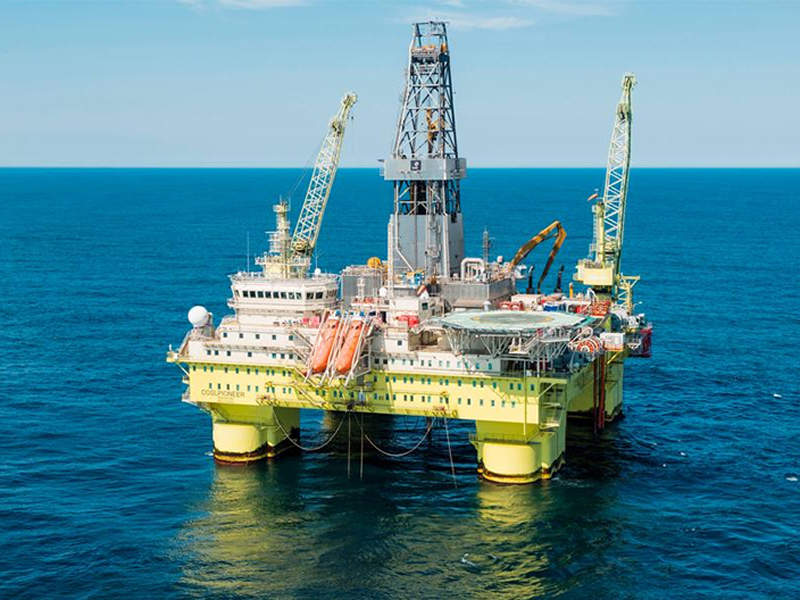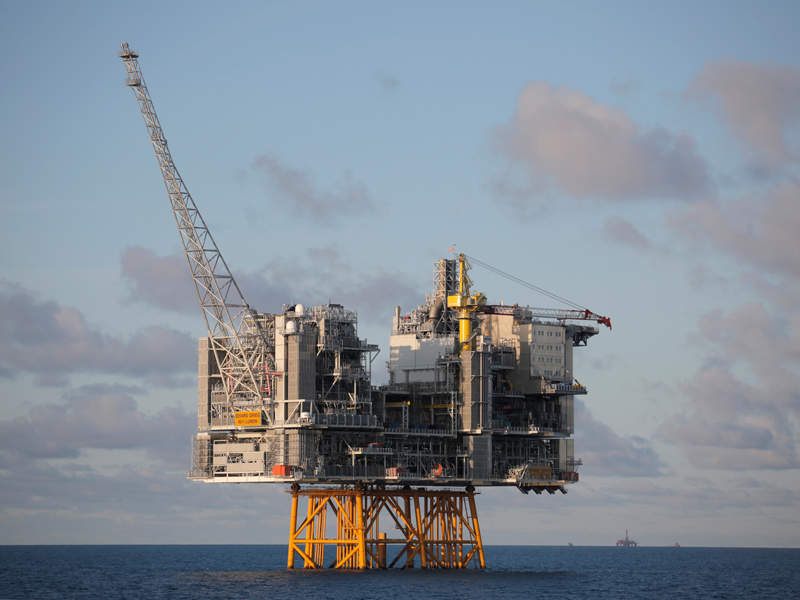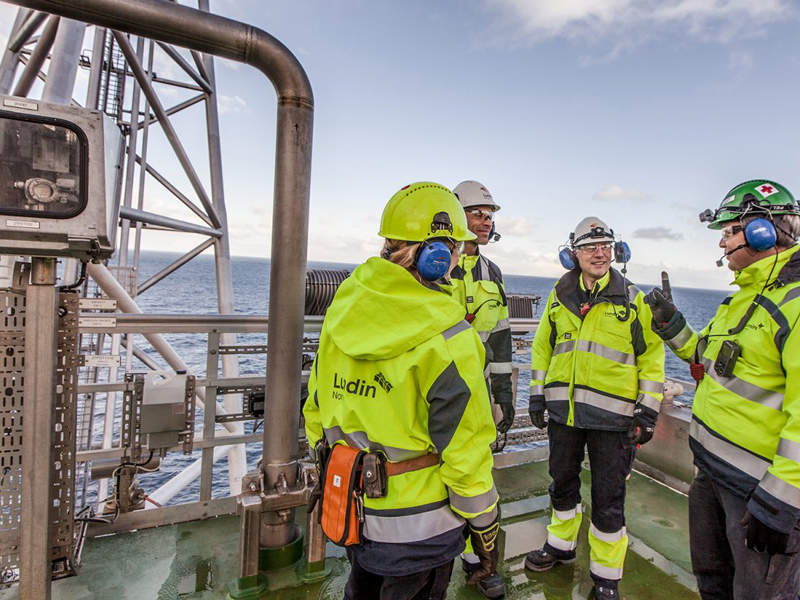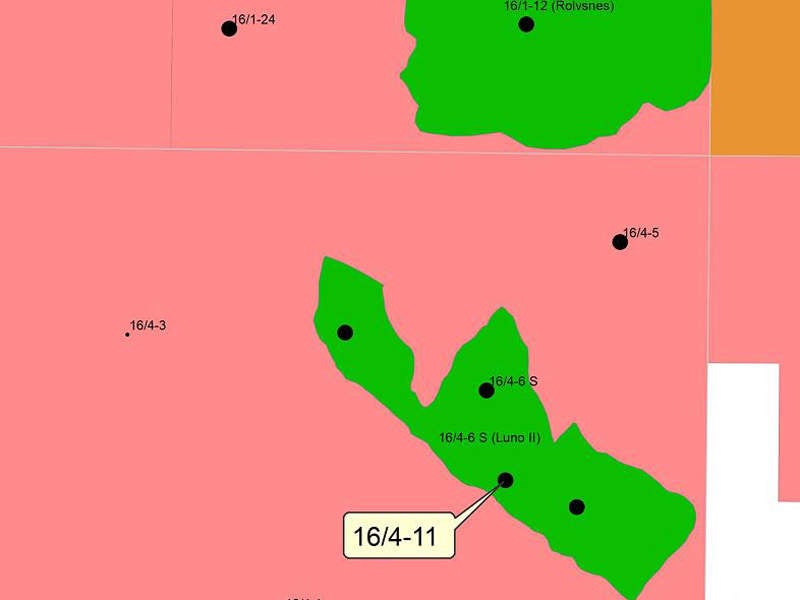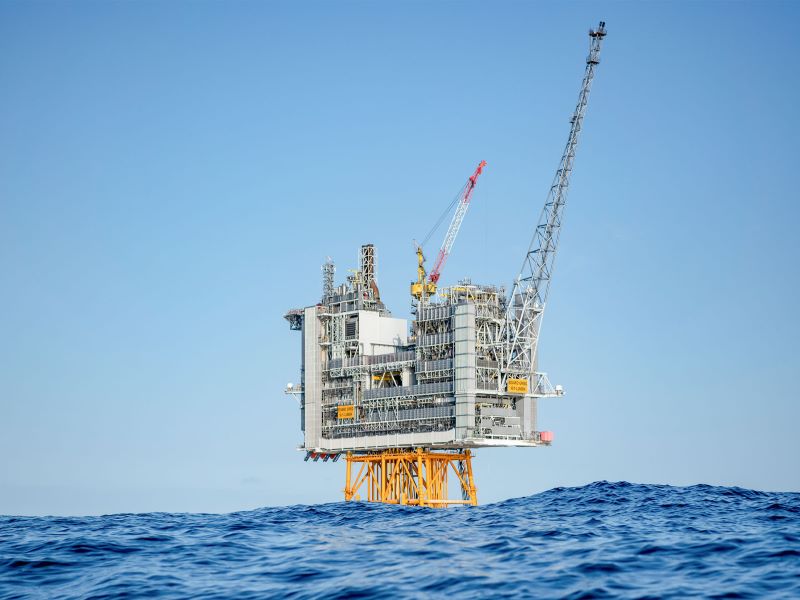The Solveig oilfield (previously Luno II) is located in the production licence PL359, within the Utsira High area of the North Sea, Norway.
The PL359 licence is jointly owned by Lundin Petroleum subsidiary Lundin Norway (65%, operator), OMV (20%) and Wintershall DEA (15%).
The plan for the field’s development and operation was submitted in March 2019, while the approval for the same was granted in June 2019.
The estimated investment for phase one is approximately $810m. The first oil from the field was achieved in September 2021.
Solveig oil field discovery details
Solveig was originally discovered by the 16/4-6 S well, which was drilled in 101m of water on the south-western flank of the Utsira High, approximately 15km south of the Edvard Grieg field.
The well was drilled to a total depth of 2,233m by the Bredford Dolphin drilling rig between March 2013 and April 2013.
The well encountered a 40m oil column in sandstones of the Middle Jurassic age.
A drill stem test was conducted on the well, which flowed at the rate of 271m³ of oil and 53,900m³ of gas per day.
Geology and reserves
The Solveig reservoir contains oil-bearing sandstones of the Permian and Triassic ages. Oil in the reservoir has varying quality with a small gas cap at a depth of 1,900m.
Solveig phase one contains 57 million barrels of oil equivalent (MMboe) of gross proved plus probable reserves. The field’s total gross resource potential including upsides is estimated to be 100MMboe.
Appraisal on Solveig oil field
Solveig was appraised by three appraisal wells, with the first well 16/4-8 S being drilled in August 2014, approximately 4km south-east of the discovery well. It primarily targeted the Central South segment of the field.
The well was also drilled using the same Bredford Dolphin rig and encountered a 30m oil column in the Jurassic / Triassic sandstones. The well was production-tested and flowed at the rate of 450 barrels per day.
A second appraisal well, 16/4-9 S, was drilled on the Utsira High in the Luno II North prospect, north-west of the Luno II discovery and south-west of the Johan Sverdrup field.
The well was drilled to a depth of 2,305m by the Bredford Dolphin from June 2015 to August 2015. It encountered a 23m gross oil column in the Jurassic / Triassic sandstones.
Pressure data from the well showed that the properties of hydrocarbons in the Luno II North prospect were different from those of the Luno II discovery.
Another appraisal well, 16/4-11, was drilled using the semi-submersible drilling rig COSL Innovator in March 2018, approximately 2.5km south of the discovery well in order to prove additional resources within the field. The well encountered a 20m oil column in the Triassic sandstones with very good reservoir quality.
Solveig field development plan
The subsea oil field development comprises five wells tied back to the nearby Edvard Grieg production platform.
The phase one development plan of the field comprises three horizontal oil production wells and two water injection wells with two of the five development wells completed. The first production well is on stream with the other two production wells expected by the end of 2021. The remaining two injection wells are expected to be ready by early 2022.
The future development phases involving the upside potential in the discovered resources will be drafted following the production status from phase one. The phase two Plan for Development and Operation (PDO) is envisaged to be submitted by the end of 2022.
The semi-submersible West Bollsta drilling rig will carry out the drilling activities.
Contractors involved in Solveig oil field development
Rosenberg WorleyParsons was contracted to perform modifications to the Edvard Grieg field facilities, while TechnipFMC was awarded the subsea system contract.
FORSYS Subsea and Xodus were contracted to carry out two concept studies for the field’s subsea production system. The scope of the contracts includes the provision of solutions for the laying of cables, pipelines and risers to be tied back to the Edvard Grieg platform.
Heerema Fabrication Group was engaged to conduct the concept study for the development of the field using an unmanned wellhead platform.
GE Oil and Gas, along with Emas Chiyoda Subsea, serve as partners to FORSYS Subsea, Heerema and Xodus.

